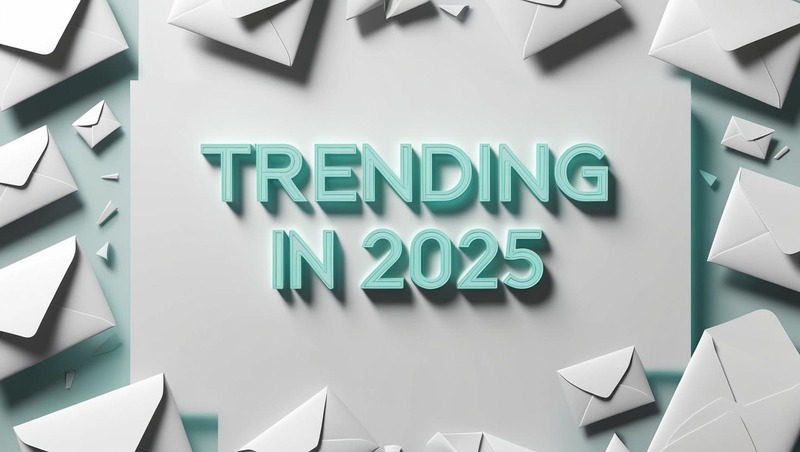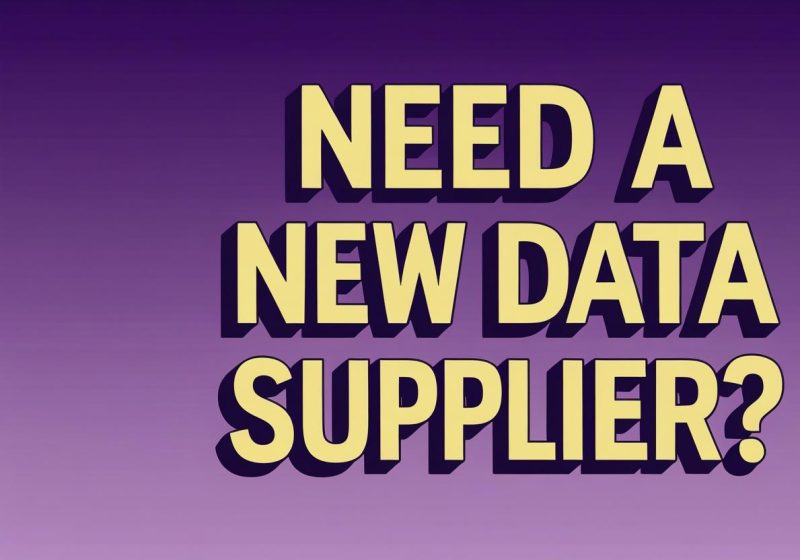Businesses rely on various forms of communication, such as email, direct mail, and social media, to get their messages out. However, each method has its advantages and disadvantages. Although there is no one-size-fits-all approach when it comes to the best way to communicate with customers and potential customers, combining email and direct mail (print and post) can create an effective mix that will help you reach your target audience more effectively. In this article, we’ll discuss how business to business (B2B) email and direct mail can work together in order to boost customer engagement.
The world of marketing is evolving rapidly and it is essential for companies of all sizes to keep up if they want their message to be heard. One way they can do this is by using a combination of techniques including email – which allows quick access to a wide variety of audiences – along with direct mail which provides tangible evidence of a company’s commitment. Let’s look at why both approaches have their place in B2B marketing:
The Advantages of Email
When used correctly, emails offer an efficient way for businesses to stay in contact with clients as well as potential customers. Emails are often easier and quicker than direct mail or social media campaigns because the recipient doesn’t have to wait for a physical letter or other printed material before receiving your message. Furthermore, emails allow you to track analytics such as open rates which lets you see who has opened your messages and who hasn’t so you can hone your campaigns accordingly. Finally, many people prefer receiving emails over text messages or phone calls as they give them the chance to take action without feeling ‘harassed’ by a salesperson!
The Advantages of Direct Mail
Direct mail offers an alternative method of getting in touch with existing customers or those whom you think may be interested in what your company has to offer. It also helps build relationships between businesses and their intended audiences by providing something tangible that potential new customers can touch – making it much more personal than an email sent through cyberspace! Additionally, if done right, direct mail pieces can be more eye-catching than emails due to their physical presence– making them stand out from the hundreds of emails we receive every day. Furthermore, there are no language barriers when it comes to direct mail meaning that anyone regardless of background can understand what you are trying to communicate; this is helpful if targeting international audiences where English might not necessarily be the first language spoken by everyone!
The Benefits Of Combining Both Approaches
Having considered the advantages both approaches bring individually perhaps now would be a good time to look at how they work together? For instance using DRIP (Direct Response Individualised Plan) campaigns could potentially help businesses increase lead generation while ensuring maximum ROI (Return On Investment). This works by combining carefully crafted emails or postcards with highly targeted segmentation lists allowing marketers greater freedom than ever before when contacting prospective clients! What’s more, adding richness such as images/graphics/video within emails makes them much more engaging, helping capture attention faster than plain text messages alone would do – although for some applications print may still prove beneficial too!
When crafting any type of B2B marketing campaign it pays off considerably if users focus on developing strategies that leverage both emails as well as direct mails .The combination provides businesses with tangible evidence showing their commitment towards clients while at same time giving them flexibility in terms of tracking analytics via e-mails! Also taking into account cultural backgrounds helps reach target audiences more effectively while reducing language barriers that could cause alienation otherwise!
Finally, adding rich content within emails like images/graphics/video helps capture prospects attention faster than plain text alone, although a short informal plain text email can work well when asking a clear call to action in order to generate replies. However don’t forget print materials too – sometimes these are just what we need!







